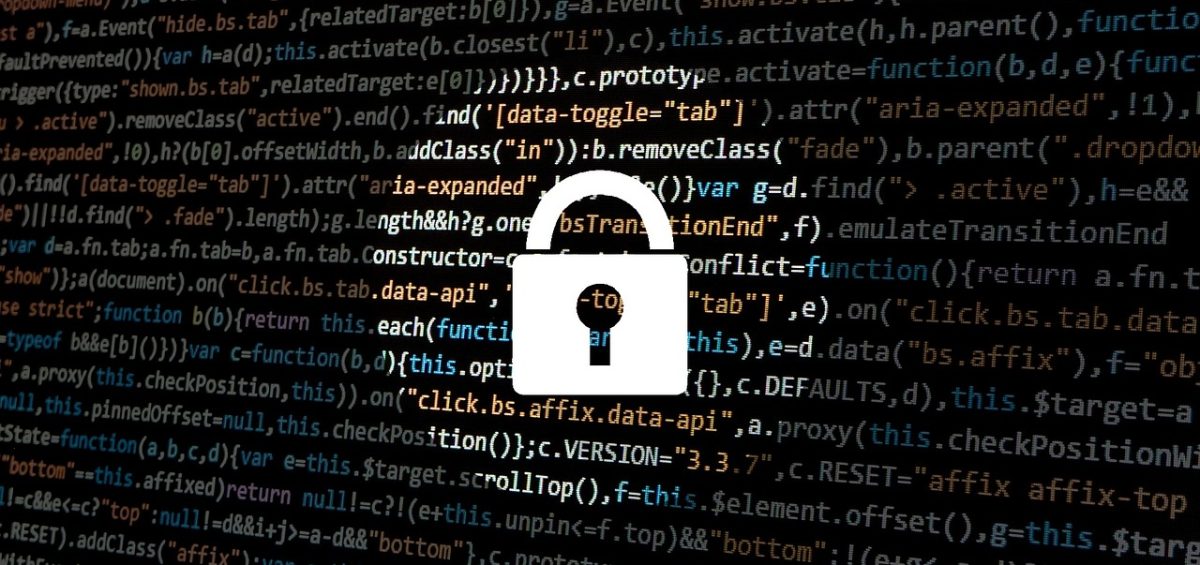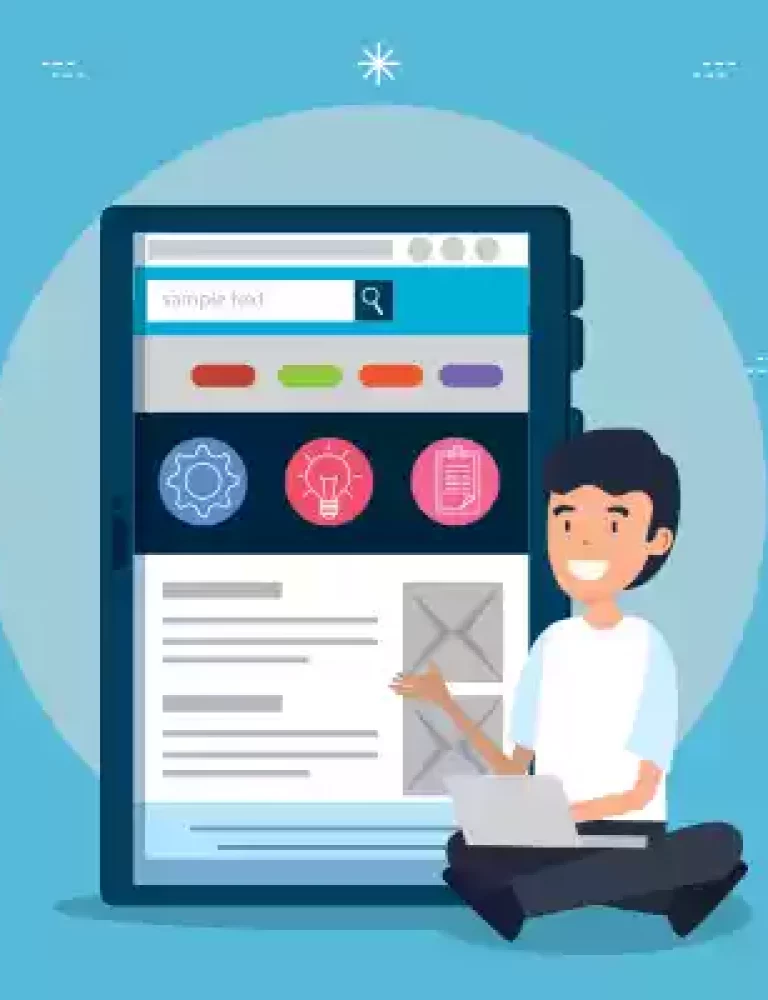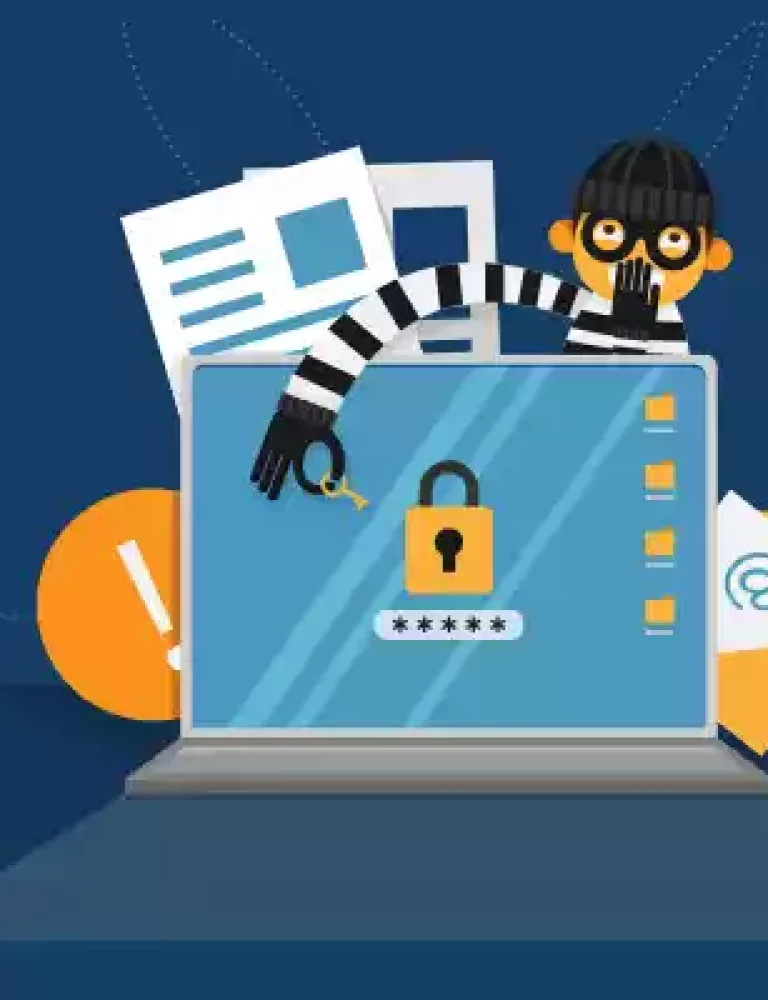In today’s digital era, where information and creative works can be easily reproduced and distributed, protecting intellectual property has become more crucial than ever. Intellectual property refers to original creations of the mind, including inventions, literary and artistic works, symbols, names, and designs used in commerce. This article explores the role of Digital Rights Management (DRM) in safeguarding the intellectual property of K12 publishers while also discussing its benefits, challenges, and future trends.
Table of Contents
- What Is Intellectual Property and Why Protect It?
- What Are the Types of Intellectual Property?
- Threats to Intellectual Property
- What Is Digital Rights Management (DRM)?
- How Does DRM Work?
- How Do These DRM Methods Benefit Educational Content?
- How Is DRM Implemented?
- What Are the Limitations of DRM?
- What Is the Future of DRM?
- Conclusion
- FAQs
What Is Intellectual Property and Why Protect It?
Intellectual property encompasses a wide range of intangible assets that are the result of human creativity and innovation. It includes aspects such as copyright, trademarks, patents, trade secrets, and other forms of legal protection. These rights grant content creators exclusive ownership and control over the distribution and use of their intellectual creations.
It is vital to protect intellectual property as this protection encourages creativity by ensuring that content creators are rewarded for their efforts. It also fosters economic growth, as the value of intellectual property can be leveraged for commercial purposes. Most importantly though, it promotes fair competition and prevents the unauthorized use or exploitation of creative works.
What Are the Types of Intellectual Property?
There are various types of intellectual property that require protection. The three main categories are:
Copyright
Copyright protects original works of authorship, such as literary works, music, films, software, and artistic creations. It grants exclusive rights to the copyright holder, including the right to reproduce, distribute, and publicly display the work.
Trademarks
Trademarks are distinctive signs, symbols, or logos used to distinguish goods or services of one company from another. They provide brand recognition and prevent others from using similar marks that may cause confusion among consumers.
Patents
Patents protect inventions and grant exclusive rights to the inventor for a limited period. They encourage innovation by providing a monopoly on the use, manufacture, and sale of the patented invention.
Threats to Intellectual Property
Despite the legal protections available, the intellectual property of content created by K12 publishers face numerous threats, especially in the digital realm. Some of the common challenges include:
Piracy
Piracy involves the unauthorized reproduction, distribution, or use of copyrighted materials. In 2021, the total loss of sales due to the illegal downloading of eBooks was USD 315,000,000. With the advent of the internet, piracy has become even more rampant and poses a significant threat to the economic interests of content creators and copyright holders.
Unauthorized Distribution
Digitally distributing content is much easier than sharing it offline. This makes it challenging to control. Peer-to-peer networks and file-sharing platforms contribute to the widespread dissemination of intellectual property without proper authorization.
Content Theft
Content theft refers to the act of stealing and claiming ownership over someone else’s work. This happens quite often in the educational space. It often occurs online, where original content is plagiarized, republished, or modified without proper attribution or consent.
With these threats to intellectual property, it almost seems impossible to protect one’s content. Fortunately for K12 publishers, we have Digital Rights Management.
What Is Digital Rights Management (DRM)?
Digital Rights Management (DRM) is a set of technologies, protocols, and policies designed to protect digital content from unauthorized access, use, and distribution. The primary purpose of DRM is to enforce copyright protection and enable content creators to maintain control over their intellectual property.
How Does DRM Work?
DRM uses various methods to ensure your content is protected. Below are a few:
- Encryption: Encryption is a process of making content incomprehensible to humans. In order to access encrypted content a person would need a decryption key. This encryption technique secures content and prevents unauthorized access.
- Access Control: DRM systems control user access based on licensing agreements and digital rights associated with the content.
- Watermarking: Watermarking adds invisible or visible identifiers to the content, enabling the tracking and identification of unauthorized copies.
Usage Tracking: DRM allows content publishers to monitor and track user interactions with the protected content, providing valuable insights and combating misuse.
How Do These DRM Methods Benefit Educational Content?
Implementing these DRM solutions offer several advantages to safeguarding educational content. Here’s how:
Prevention of Unauthorized Access
DRM restricts access to content to authorized users only. With regard to education, authorized users could include students, educators, school administrators and so on. DRM prevents unauthorized individuals from accessing, copying, or sharing protected content, reducing the risk of piracy and unauthorized distribution.
Control Over Content Distribution
DRM gives you, the publisher, control over who distributes your content and how. It enables the implementation of licensing agreements, digital rights, and usage restrictions, ensuring your content is distributed and consumed according to your rules.
Tracking and Monitoring Capabilities
DRM systems provide detailed analytics and reporting features, enabling you to monitor content usage, track user behavior, and detect any potential infringements. This data can be utilized for evidence in legal proceedings or to enhance your content strategies.
How Is DRM Implemented?
There are a number of DRM technologies and tools available to help protect your K12 content. Some are software-based solutions while others require hardware implementation. So how do you choose the right one?
When selecting a DRM system, several factors should be considered, including your content requirements, the platform compatibility of the system, scalability, user experience, and security features. It is essential to choose a DRM system that aligns with your specific needs and goals.
Once you’ve chosen your preferred DRM system, it needs to be integrated into your existing content management systems or distribution platforms.This requires careful planning and consideration. Compatibility, scalability, and ease of integration should be evaluated to ensure a seamless implementation process.
What Are the Limitations of DRM?
While DRM offers significant benefits for content publishers, it also faces challenges and limitations that you should be aware of:
Compatibility Issues
DRM systems may face compatibility issues across different devices, operating systems, and software applications. This is especially complex to overcome in the educational sector, where every institution or every student uses different technology.
User Experience Considerations
Implementing DRM can sometimes result in limitations and restrictions for authorized end-users, affecting their overall experience. Balancing content protection with user convenience is crucial to maintaining customer satisfaction.
Often, in an effort to provide secure content, the usability or accessibility of the content is overlooked. Publishers need to be conscious of this and strike a balance between security and usability.Excessive restrictions or cumbersome processes can turn your users away.
What Is the Future of DRM?
As with all technology, DRM systems are expected to continue to evolve, and undergo advancements. Here are a few future trends we can expect to see with DRM systems:
Enhanced Encryption and Watermarking
DRM systems of the future will likely incorporate stronger encryption algorithms and more advanced watermarking techniques to combat piracy effectively and track unauthorized copies.
Cloud-Based DRM Solutions
Cloud-based DRM solutions offer scalability, flexibility, and easier access to protected content across multiple devices. These will become far more popular going forward, and might even become the norm. The cloud’s capabilities will enable seamless integration and efficient content distribution.
Integration with Artificial Intelligence (AI)
With everything using AI, it comes as no surprise that DRM too will pick up on this trend. The integration of DRM with artificial intelligence (AI) technologies holds promise for improved content protection. AI can help automate content monitoring, identify potential infringements, and enhance security measures.
Conclusion
In an era of digital content consumption and easy data sharing, protecting intellectual property has become paramount for K12 publishers. The need to protect one’s content with DRM is evident. All that remains now is to find a platform that can assist you with this.
KITABOO, the digital-textbook platform is a good place to start. Our DRM systems have been used satisfactorily by almost every one of our customers. Best of all though, we understand educational content requirements.
Why don’t you set up a demo call with us, to see for yourself?
Frequently Asked Questions
FAQ 1: Can DRM completely eliminate piracy?
No. Unfortunately, while DRM can significantly reduce the risk of piracy, it cannot completely eliminate it. Determined individuals may find ways to circumvent DRM measures. However, DRM acts as a strong deterrent and makes it more challenging for unauthorized individuals to access and distribute protected content.
FAQ 2: How does DRM affect user privacy?
DRM primarily focuses on protecting intellectual property rather than collecting personal user data. However, some DRM systems may require user information to validate licenses and ensure compliance. It is crucial for content providers to handle user data responsibly and respect privacy regulations.
FAQ 3: Are there any legal implications of using DRM?
The use of DRM is legal and essential for protecting intellectual property rights. However, the implementation of DRM should comply with relevant copyright laws and regulations. It is advisable to seek legal advice and ensure compliance with applicable legislation.
FAQ 4: Can DRM be applied to all types of content?
DRM can be applied to various types of digital content, including documents, images, audio, video, and software. However, the specific implementation may vary depending on the nature of the content and the intended distribution channels.
FAQ 5: How can publishers benefit from implementing DRM?
Implementing DRM provides publishers with control over their intellectual property, reduces the risk of piracy, and enables the establishment of licensing agreements for content distribution. DRM also offers valuable insights into content usage and user behavior, which can inform strategic decisions and enhance monetization opportunities.
Discover How An Ebook Conversion, Publishing & Distribution Platform Can Help You
Kitaboo is a cloud-based content platform to create-publish & securely distribute interactive mobile-ready ebooks.
You May Also Like








